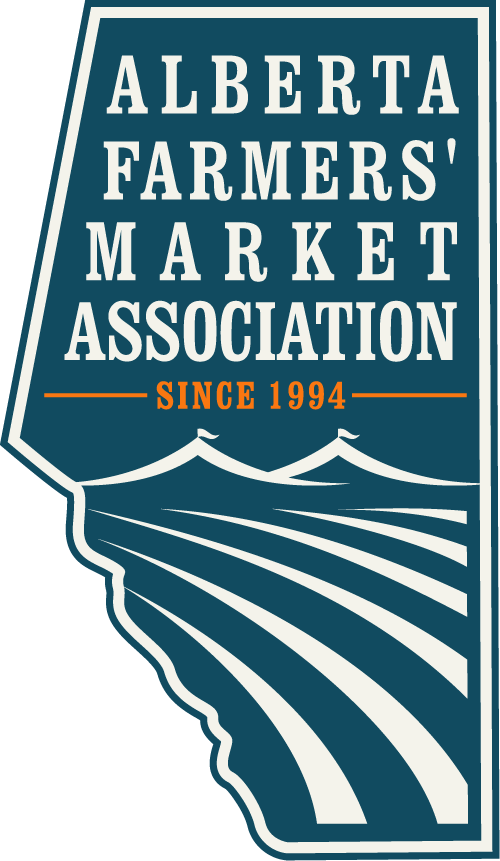I would like to sell baking (or other low-risk foods) at an Alberta Farmers Market, what do I need to know to get started?
If you are selling at an Alberta approved farmers’ market, you are allowed to do your baking in your home kitchen. As of June 1, 2020, the Food Regulation allows Albertans to make low-risk foods in their home kitchen for sale to the public, subject to certain restrictions and safe food handling.
Low-risk home-prepared foods can be sold from home (including online or mail-order sales) and special events, as well as from farmers’ markets, where they were sold previously. Special events are temporary events, such as craft fairs and festivals, and have their own set of rules in the regulation.
The Food Regulation outlines the rules for operating a low-risk home-prepared food business. The ‘Low-risk home-prepared foods: fact sheet for operators’ provides direction on how to handle food safely and explains the rules in the regulation.
Home-prepared foods, including those sold at farmers’ markets, will need to be clearly and appropriately labelled so consumers can make informed choices. If you are a vendor selling home-prepared foods at a farmers’ market, you will be asked to comply with the new labeling requirements, in addition to existing farmers’ markets guidelines. For more information on the new labeling requirements, read the ‘Low-risk home-prepared foods: fact sheet for operators’. Implementation of these requirements will take place gradually, starting with education.
New additional requirements for home-prepared foods are that they must be labelled, prior to sale, with the following information:
- a statement that the food is prepared in a home kitchen that is not subject to inspection
- a statement that the food is not for resale
- the name, business name and email address or phone number of the low-risk home-prepared food operator
- the name of the food product
- the date that the food product was prepared
All packaging for your baking should be new and food grade. This means you cannot reuse plastic clam-shells, pie plates or packaging like that. You are required to label all your packages with the following information:
- Common name (Standardized name set out in the Food and Drug Regulations or any other federal regulations. If the name is not prescribed, the name by which the food is commonly known)
- Net quantity (Must be declared in metric units)
- Dealer identity and principal place of business (The principal place of business is the main location where company-related enterprise occurs. The address should be complete enough for postal delivery.)
- Durable life date if product has shelf life of 90 days or less (In addition, storage instructions are required if storage differs from normal room temperature)
- Nutrition labelling – unless exempt
- Bilingual labelling – unless exempt
- List of ingredients in descending order of proportion
- Allergen labelling (Applicable for all ingredients intentionally added to pre-packaged foods.)
Food allergen defined: any protein from any of the following foods or any modified protein, including any protein fraction, that is derived from the following foods:
- almonds, Brazil nuts, cashews, hazelnuts, macadamia nuts, pecans, pine nuts, pistachios, walnuts
- peanuts
- sesame seeds
- wheat, triticale
- eggs
- milk
- soybeans
- crustacea (name of the species)
- fish (name of the species)
- shellfish (name of the species)
- mustard seeds
Gluten defined: any gluten protein from the grain of any of the following cereals or the grain of a hybridized strain created from at least one of the following cereals:
- wheat
- oats
- barley
- rye
- triticale
For more information about labelling, consult the Government of Canada’s Food Labelling Requirements Checklist.
For more information about the Government of Alberta’s low-risk home-prepared foods consult Alberta’s Food Regulation.
If you are preparing a food that might be considered high risk, you may still be able to sell it at the farmers’ market, but it is recommended that you speak with a health inspector first about the product. He/she will ask you questions about preparation, storage, transport and how you plan to display it at the market. Temperature control is critical.


